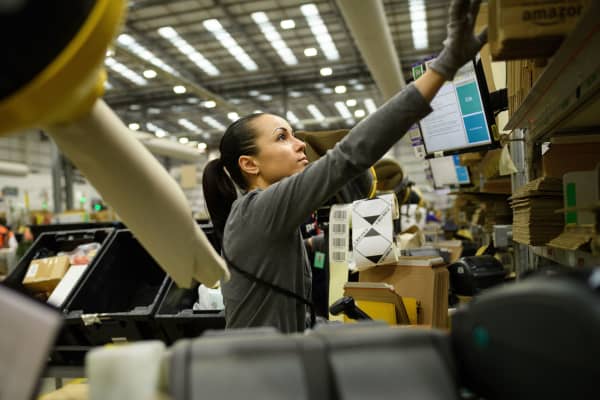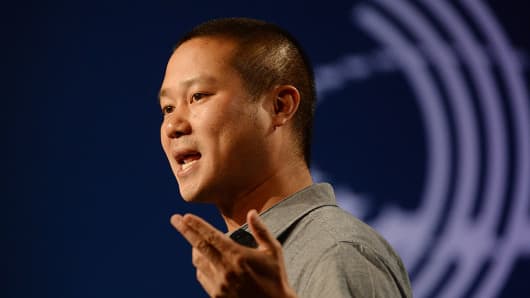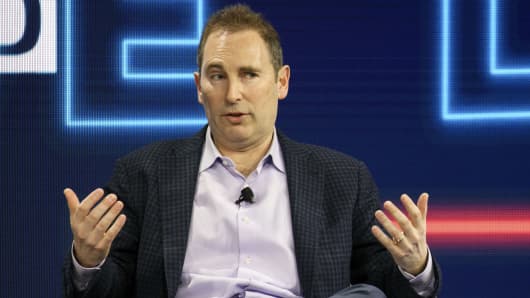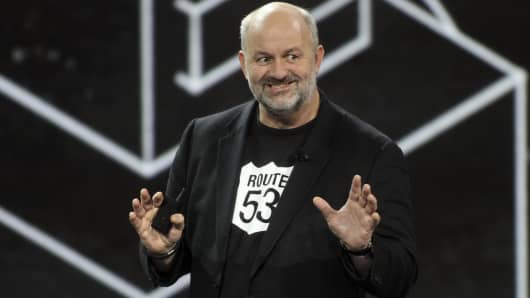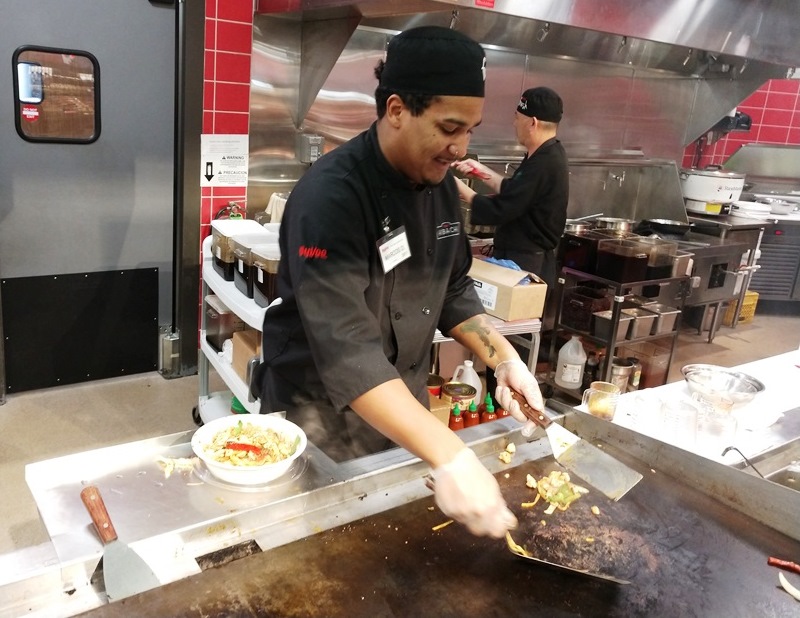This 4-Letter Acronym Will Revolutionize the Way You Think About Leadership
C.O.R.E. stands for Communication, Organization, Relationship, and Expectations. Try it today.
Contributing editor, Inc.com@jmbrandonbb

CREDIT: Getty Images
She walked into my office and slumped into a chair.
“You don’t have a clue do you?” she asked in an exasperated tone, with a few extra “colorful” words thrown in for emphasis. I didn’t quite follow her line of reasoning. I was managing a large team of designers, writers, and usability experts. We had just finished building an internal website and assisting with an external site, providing design feedback and testing. The team consisted of around 50 people including all of the managers, supervisors, and what we called individual contributors at the time (there’s a friendly term you should probably not borrow). In my own defense, I was also riding high on a wave of success, having built up a team from just four people a few years prior. And, I was a young father of four kids–not sleeping much and dealing with soiled diapers at home.
“What do you mean?” I asked with a puzzled (and tired) look.
“I never know what you’re thinking,” she said.
I felt a pang of familiarity. I am a confirmed introvert, and my best form of communication involves a keyboard and mouse. My project manager had a good point, and she took the opportunity to lay out all of her frustrations in full glory. I didn’t see it at the time, mostly because I lacked empathy and couldn’t understand her point of view, but she was definitely giving me an opportunity to adjust my tactics and become a better leader. If only Slack had existed at the time, right? It’s a bit of a savior for me now, giving me the freedom to communicate effectively as a writer and think through what I want to say (and when).
Now that I’ve been mentoring and training college students one day per week, I’m back in the flow. I’ve learned a few things about effective leadership, in most cases comparing what worked and didn’t work long ago as a leader before starting my career as a writer in 2001. It’s a wonderful exercise because I’m using a newly created prescription for management with 20 people in a real-world setting but constantly comparing back to my previous jobs (which lasted about ten years). I’ve honed these lessons from the past and present into a simple acronym you can follow, called C.O.R.E. (see below).
It’s handy, because it reads like a concise field manual for what I should have done back in my corporate life and what I’m trying to do more effectively now.
Before you dive into it and read how it all works, can you do me a favor? Monitor yourself as a leader for one solid week using the C.O.R.E. principles as described below, constantly measuring all four areas and taking notes, then send me a detailed description of how it all worked out for you. Here’s the thing. I know it works. I’m living it right now, and I may even write a book about it soon because it’s something I really believe in with everything in me, so much so that I’m living and breathing it weekly. Will you do the same?
1. Communication
Everything hinges on communication on a team. It is the connective tissue. That employee who told me she was practicing the art of mind-reading with me would have loved a little more communication. In my mentoring role now, I always talk about over-communicating as a way to avoid conflict. People tend to sit on their complaints like they are warming them up for later, afraid to really talk it out. As a manager, you have to constantly ask people what they think, how they are feeling, what they would change. Feedback isn’t a checkbox on a spreadsheet, it’s a way of life. Communicate effectively and get everyone else to communicate with each other and you will have a good team.
2. Organization
That said, communication is only one part of the C.O.R.E. concept. Organization is something I’m currently working on (or re-learning from my corporate days) because it’s so important. It also takes time, effort, intention, and skill. The best leaders are alwaysorganized because they have great empathy for the people on their team and know that keeping things in order and scheduled is what every person craves. Bad leaders live in an eternal state of chaos–you don’t know what they are thinking (due to their lack of communication) and you don’t know the plan (because they are so disorganized). I’m still learning how this interchange of communication and organization play off of one another, because they really do go hand-in-hand. You can communicate in chaos. You can organize quietly. The best leaders know how to do both of those things consistently.
3. Relationship
But isn’t that all pretty cold and impersonal? Yes it is. You can be perfectly well-organized and communicate every little concept and plan to your team and still fail miserably as a leader. What makes all of the difference? It’s your ability to build a relationship. Make sure the first question you ask an employee is not about a deadline or a task, and isn’t about the org chart changes or the project that is over-budget. Ask about their kids. Ask about real life. We’re humans, we need a personal approach that is fully cognizant of what happens outside of work (also known as–the important stuff like the birth of a child or buying a new car). Does your staff know you care about them? Do you treat them like numbers or human beings? Make sure you add a heavy dose of relationship-building to all of that fluid communication and detail-oriented planning. This is where empathy comes into play–that is–your ability as a leader to see life from the eyes of your staff.
4. Expectations
Wrap up this entire package by setting expectations that are clear and obtainable. I’m not talking about setting repercussions, or establishing goals, or even communicating about some well-intentioned Key Performance Indicators (or KPIs). Set those things aside for a moment. They are tools for running a team, but I’m talking about making it clear what you expect out of an employee in terms of what they do in their role, what you want them to achieve, and where this is all heading. It’s your “must do” list, the things you care most about as a leader. That employee that was trying to read my mind long ago was not seeing good communication. She hated the chaos. She didn’t think we had a good relationship. But in the end what really ticked her off the most is that she didn’t know what was expected of her at work. Are you doing that on a daily basis? Have you told every employee exactly what you really want them to do and made it perfectly clear?
Do all four of these things and you will see changes on your team. Get serious about communication. Make organization a huge priority. Strive really hard to build relationships in tangible ways. And state the expectations like they are set in stone. It works.


